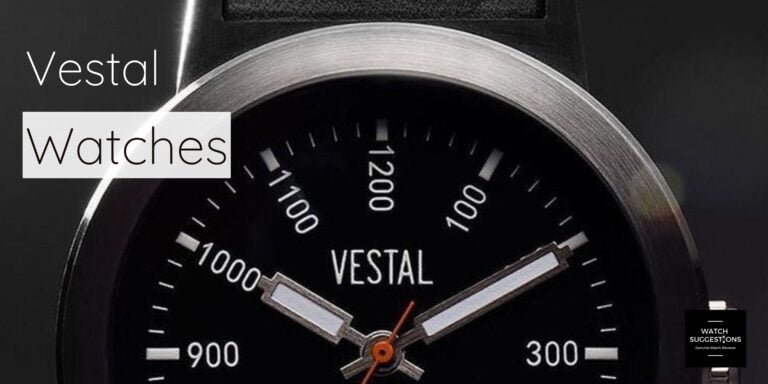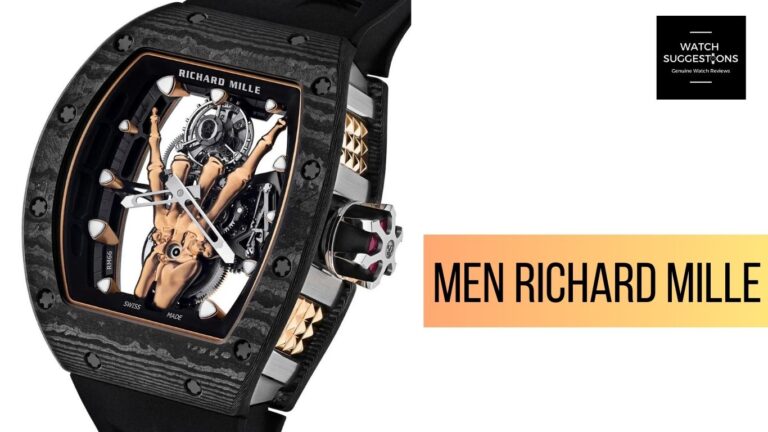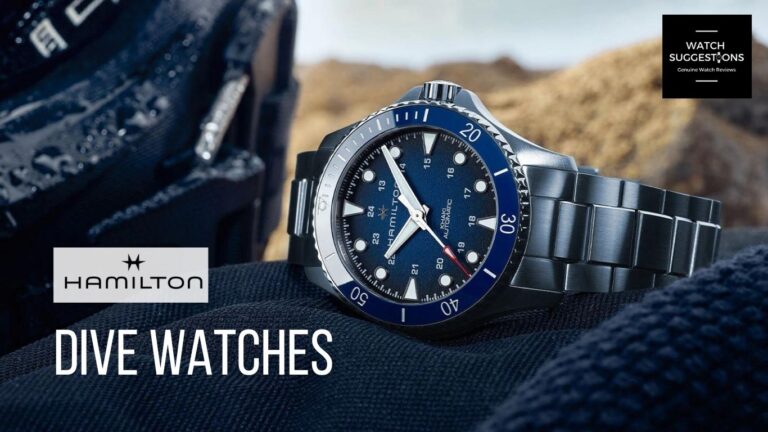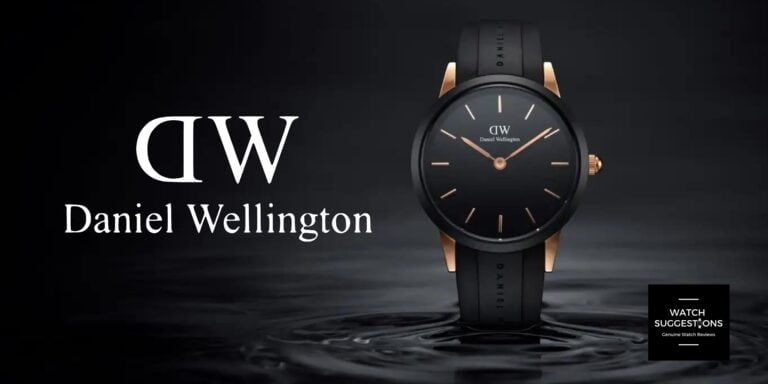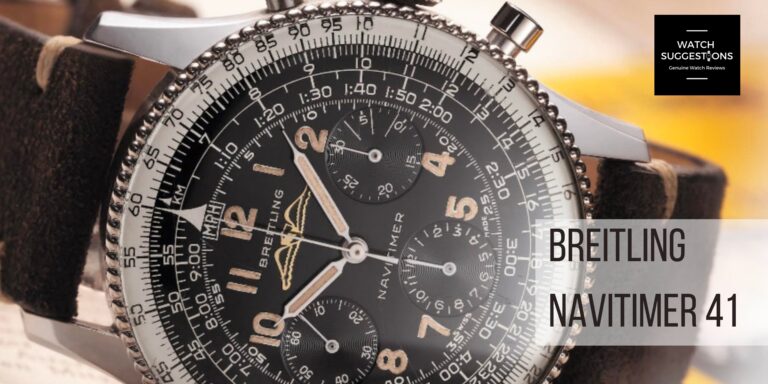What Are Quartz Watches?
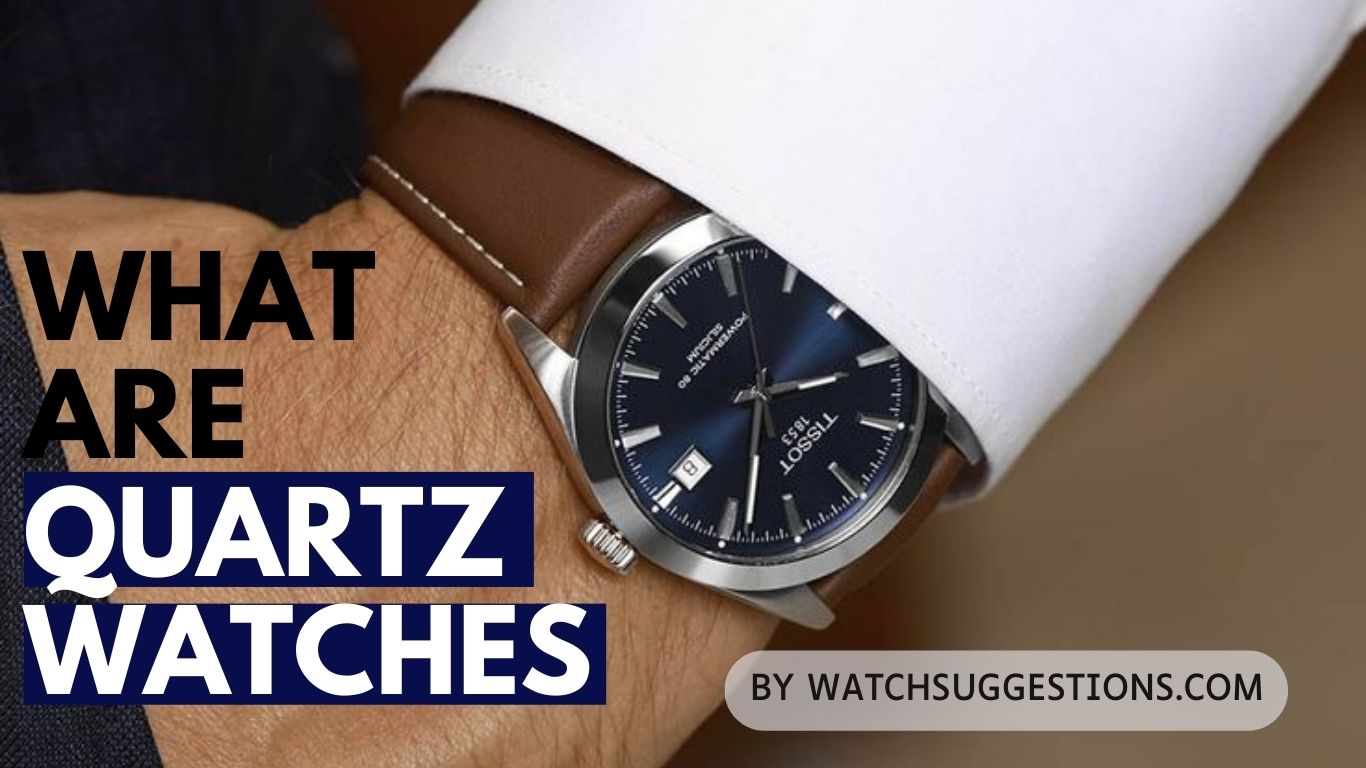 Have you ever thought about the meaning of the name quartz watch? Or why are people love quartz watches more than mechanical watches?
Have you ever thought about the meaning of the name quartz watch? Or why are people love quartz watches more than mechanical watches?
Don’t worry guys we are here for you.
Let’s find out all the questions one by one.
Before entering the world of Quartz watches let’s understand the history of quartz watches.
History and mystery of Quartz watches
The wind-up watch itself is an incredible piece of technology. It is a part of ongoing research and development.
The research and development began toward the end of the 14th century.
Wind-up watches have become smaller, thinner, and more dependable. These watches have become more accurate.
They even became self-winding as a result of various innovations over time. The parts used to make up wind-up watches have been available for centuries.
A numbered dial on the face of the watch gears to slow down the ticking rate of the oscillating mass. Once slowed down it connects the mass and spring to the hands on the dial.
The Bulova watch company made the first move, away from the oscillating balance wheel. They made it by using a transistor oscillator with a tuning fork by the end of the 1960s.
Instead of ticking, this watch buzzed at about hundreds of hertz.
The tuning fork’s mechanical movement was still converted. Gears and wheels did this conversion. Converting the mechanical movement into hand movement.
But two important steps took place.
1) Using the tuning fork as a resonator made of a single material. The tuning fork replaced the balance wheel and spring
2) Batteries replaced the wind spring.
The Quartz Crystal
The tuning fork is not as accurate at timing as a quartz crystal. Quartz crystals have been around for a long time. The crystal’s type and frequency were the only requirements.
The joined circuit technology selected could function at an acceptable low power level. This was a challenge.
To provide an accurate frequency watchmakers used quartz crystal. They wanted to give frequency for a long time.
Computers, radio transmitters, and radio receivers made use of this frequency. Amazing coincidences are the cause of their accuracy.
Like most sand, quartz, and silicon dioxide, does not get affected by most solvents.It remains crystal clear up to hundreds of degrees Fahrenheit.
It can generate a charge or voltage on its surface when pressed or bent. Here it makes it an electronic wonder. The Piezoelectric effect occurs on repeat.
Quartz rather will bend a bit or change shape if a voltage is applied.
How Quartz Watches Work by
What Quartz watches use to keep time. How are they so correct?
Let me tell you why quartz is such an effective timer. The time is kept by quartz crystals in quartz watches.
What are Quartz Watches’ levels of precision?
The “quartz watch” became the hottest new high-tech gadget in the 1970s.
In the beginning, these watches had displays made of red LEDs. The cost of these watches was about $500 in the United States.
The quartz watch has come a long way since then. With regards to price, it has dropped very much.
Now, using LCD or a normal mechanical movement the time is shown. It uses the hour and minute hands for displaying time.
A single quartz crystal when converted into the shape of a bell would ring for minutes when tapped. The material keeps almost no energy.
A quartz bell will have an oscillating voltage on its surface. This happens if it is shaped in the right direction. The rate of oscillation doesn’t get affected by temperature.
It is possible to re-apply the crystal’s surface voltage to the bell. So that it keeps ringing by picking it off with plated electrodes.
On picking up and amplifying it with a transistor or combined circuit. A quartz bell is possible to make.
When extra energy is mixed with the air. The shape is off. A straight bar or a disk is the most effective shape. Till the time the length-to-width ratio remains constant.
A bar has the advantage of maintaining the same frequency. A quartz bar can be small and swing at an almost low frequency. Watches, of course, choose a 32-kilohertz (kHz) crystal.
Due to the circuits, there is a division of the crystal frequency into a few pulses per second. The watches used it in the display. It needs more power at higher frequencies.
Swiss technology
Early watches had a lot of trouble with power. The swiss tried to develop a joined circuit technology. The integrated circuit technology could divide the 1 to 2 MHz.
More stable disk crystals produced this in smaller amounts. The Swiss spent a lot of money trying to develop the technology.
A tuning fork-shaped or low-frequency bar crystal is used in modern quartz watches. These crystals are often formed from thin quartz sheets. These sheets have been chemically cut into shapes which then are plated to match combined circuits.
The initial frequency accuracy is the primary distinction between good and indifferent timekeeping. Good and ordinary timekeeping is above all observed by the correctness.
Noise is at first increased at the crystal frequency by the watch’s electronics.
The crystal begins to ring as this builds or regenerates into swinging. The watch crystal oscillator’s output is then converted into digital circuit-friendly pulses. The pulses break down the frequency.
What are quartz watches and how do they function?
Before seeing quartz watches let’s understand first how watches are usually powered.
Using three primary energy types of watches are on the market today:
Mechanical Watches
Quartz or solar-powered mechanical watches. These watches are the kings of the watch industry.
Since the beginning of watches, mechanical watches have existed.
Mechanical watches use a built-in crown rather than a tiny key to wind the inner mainspring. This is the most important change in a mechanical watch.
This happened after more than a century of changes and technological developments.
A mechanical watch is a timepiece that is wound by hand. This watch uses a complicated movement.
The watch moves using hundreds of small parts. All the small parts work together to make the watch tick.
Automatic Watches
The automatic movements are high-tech, a more recent technology than quartz movements.
They are still among the most popular movements in watches. Why? Due to their clear-cut level of craftsmanship, twist, and quality.
They get their power from a wound spring, not batteries. The mainspring controls the watch’s power supply by storing energy. It distributes it through gears connected and other springs which charge the mainspring.
Doing it either by winding it with your hand or by the wearer’s natural movement. The movement turns a tiny rotor back and forth.
The majority of automatic watches have more mechanical involvement.
Accuracy: Automatic Vs Quartz
Even though the cost is more than the majority of quartz watches, their design makes them less correct.
A quartz movement will have the same accuracy range or better for an entire month. Though an automatic movement as a rule has an accuracy range of +/-10 seconds to +/-30 seconds per day.
A quartz watch will be the obvious choice for perfectionists. People who want to achieve the highest level of correctness in timekeeping.
Quartz was a leading technology. These watches almost changed the watchmaking industry as a whole. Quartz showed us that a simple crystal, battery, and a few tiny motors were the most effective.
They are an accurate means of telling time putting an end to what is sometimes referred to as the “Quartz Revolution”.
Some people thought it was wrong to use this new technology for keeping time. As it changed the way people used watches.
Quartz watches need much less maintenance than mechanical watches expect occasional battery changes.
A quartz watch works very well when you’re climbing the highest mountain or you’re deep under the ocean in a submarine. As gravity does not affect the inner workings of a mechanical watch.
Never mind that quartz watches cost less than mechanical ones.
To maintain accurate time, all clocks need a swinging, working part. showing a balance spring and balance wheel in mechanical clocks and watches.
Still, a tiny quartz crystal is cut into the shape of a tuning fork for a quartz watch.
What are the piezoelectric properties of Quartz Watches?
“Hey what did you say right now?” piezoelectric properties. It means that when pressurized, it produces a small volt of electricity.
Quartz vibrates at an exact frequency. Quartz vibrates at an average rate of 32,768 times per second on the application of an electric current, which is the opposite of this.
The majority of quartz-powered watches guarantee to be correct for at least a month or 15 seconds. Even compared to the best mechanical watches, this accuracy is still very high.
What is the actual operation of a quartz watch’s inner workings?
The microchip circuit receives its current from a battery. The quartz crystal of the exactly cut tuning fork vibrates at a rate of 32768 times per second thanks to a microchip circuit.
The microchip circuit finds the crystal swaying. That transforms them into regular, one-second electric pulses.
The mini electric stepping motor gets its power from these electric pulses that transform electrical energy into mechanical power.
The tiny gears are also turned by the electric stepping motor.
To keep time, these tiny gears move the hands around the clock face.
The quartz vibrates at a delicate different frequency. The vibration is at various temperatures and pressures. Here’s your answer. Even the changing, warming, and cooling environment around us have impacts.
It affects the ability to keep time. If you wear a thermometer on your wrist at all times the temperature should remain almost the same.
The environment can be of any type the watch will keep time better. If you wear it on-off this causes a serious temperature change.
The fact that quartz is piezoelectric is essential to keep in mind. On application of electricity to it, it will vibrate, and the vibration will generate electricity.
The quartz crystal swing makes use of piezoelectricity. The crystal uses it at the same time in both directions making quartz a very effective source of power.
So, watch batteries last quite a while.
Why is it worth buying a quartz watch?
Quartz watches excel in the following three areas despite their lack of skill and historical foundation:
The practicality of quartz watch. The power reserve of these watches lasts for a lifetime. It is the pure practicality of quartz.
Hence, once you have set your watch, you won’t ever need to touch it again.
A quartz watch will continue to perform well for many years to come. Even if you leave your quartz watch on the counter unused. Let’s say you haven’t used your watch for six months, it will continue to tick away whenever you wear it.
Size of the quartz watch
Size matters a lot. Quartz watches can be thinner and smaller than automatic watches. This is due to the smaller movement.
If you have a smaller wrist, watch smaller casings are suitable. Because the parts in quartz watches don’t take up as much space as those in mechanical watches.
They slide under cuffs and sleeves with ease.
The durability of the quartz watch
Grab your books and pens and note this important point.
Quartz movements usually have a longer lifespan than mechanical ones.
A quartz watch is best if you work in manual labor or enjoy the great outdoors.
The choice and use of the wearer will decide which of the watch wins. Quartz, mechanical, or automatic watches.
Yes, there will always be people who believe that an automatic watch is more original. In turn, automatic watches at least took over the mechanical watch’s honor.
Yet, tell me, how does it become more original than an ancient rock? A rock that generates electricity when vibrated at a particular frequency? Isn’t it cool?
Though, before quartz, watch enthusiasts all over the world had some pretty awful things to say about automatic watches.
Why choose Quartz Over Automatic?
Automatic watches are more expensive than quartz watches.
Quartz watches are very reliable and correct.
As regards keeping time because the movements take less work to make.
A good automatic watch may be off by several minutes per month whereas a good quartz watch may be off by 20 seconds per month.
Quartz watches need very little maintenance. All you have to do is replace the battery every few years.
Even though automatic watches don’t make use of batteries they need servicing every three to four years. Quartz movement watches are the most common type.
Conclusion for quartz watch
In 1969, Seiko’s Astron wristwatch was the first quartz movement watch. At that time, the 100-piece limited edition watches cost the same as a Toyota Corolla!
Quartz watches have become less expensive to produce by a good chance. Since then, due to technological advancements, quartz watches are now so affordable.
All Quartz watches need is a battery change. You can do this once every few years. It will help to keep time correctly and decently.


